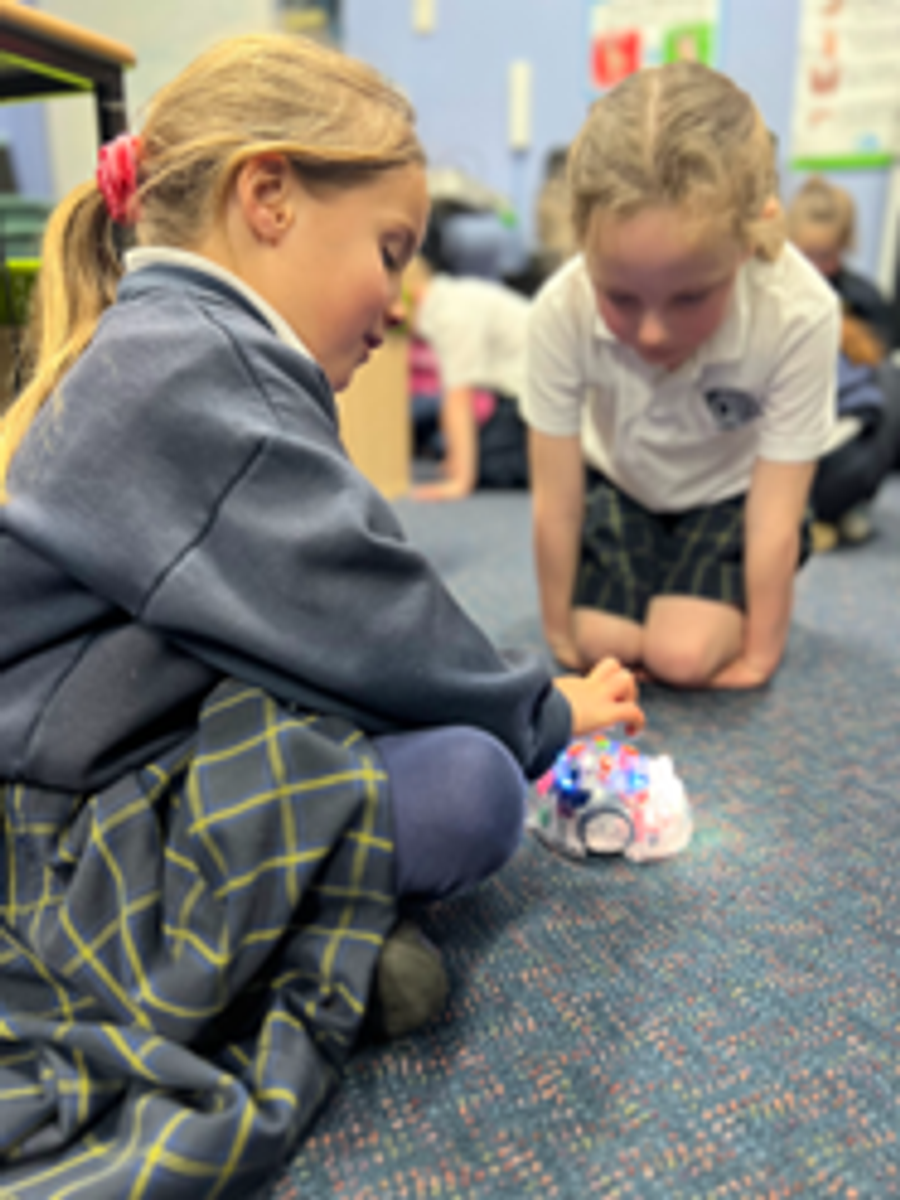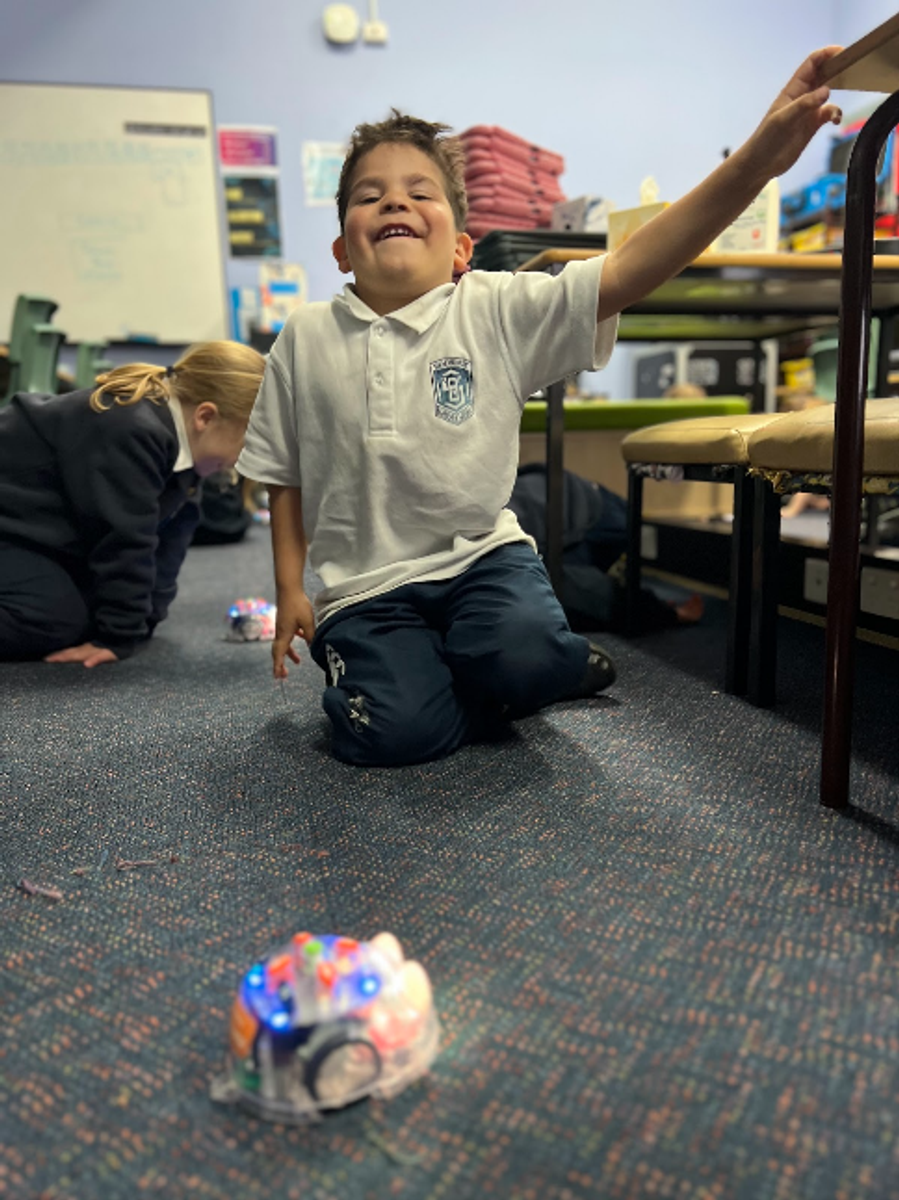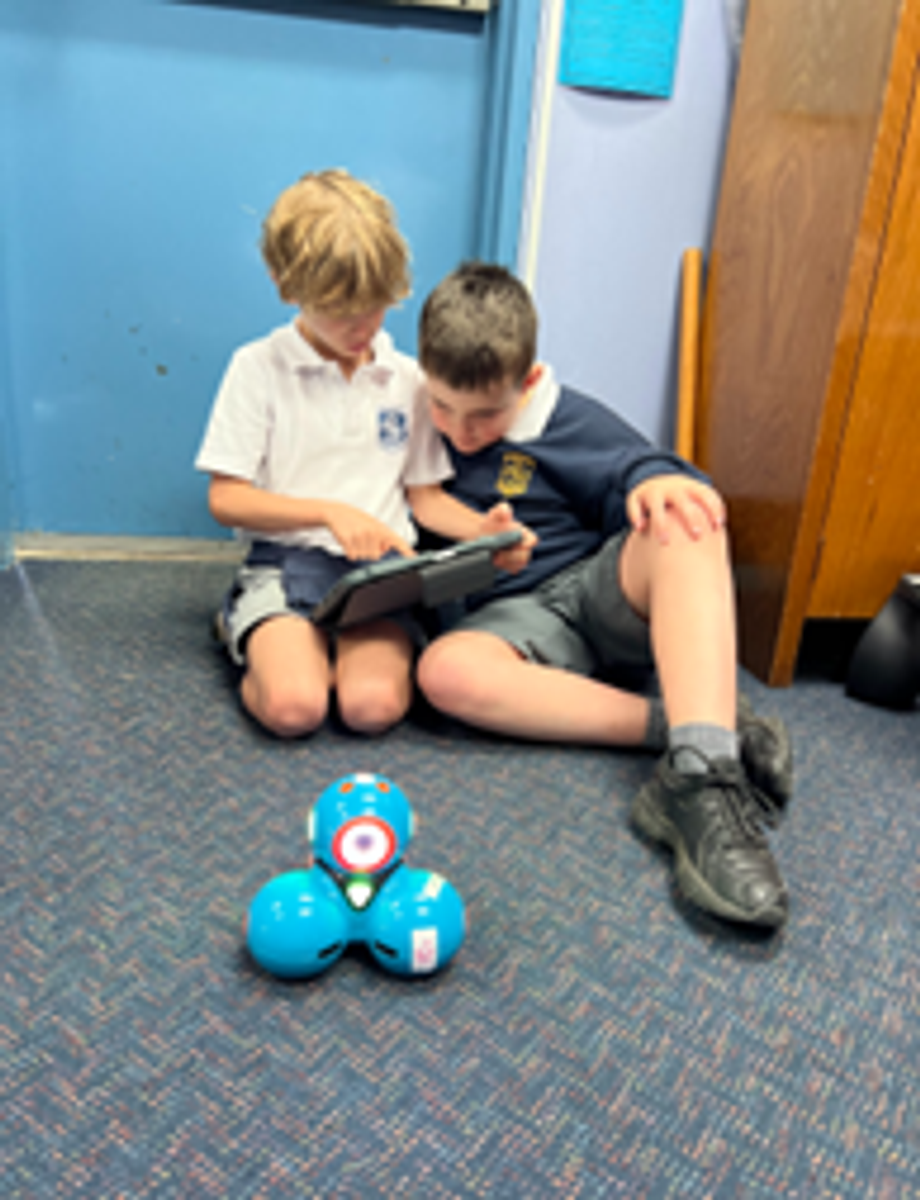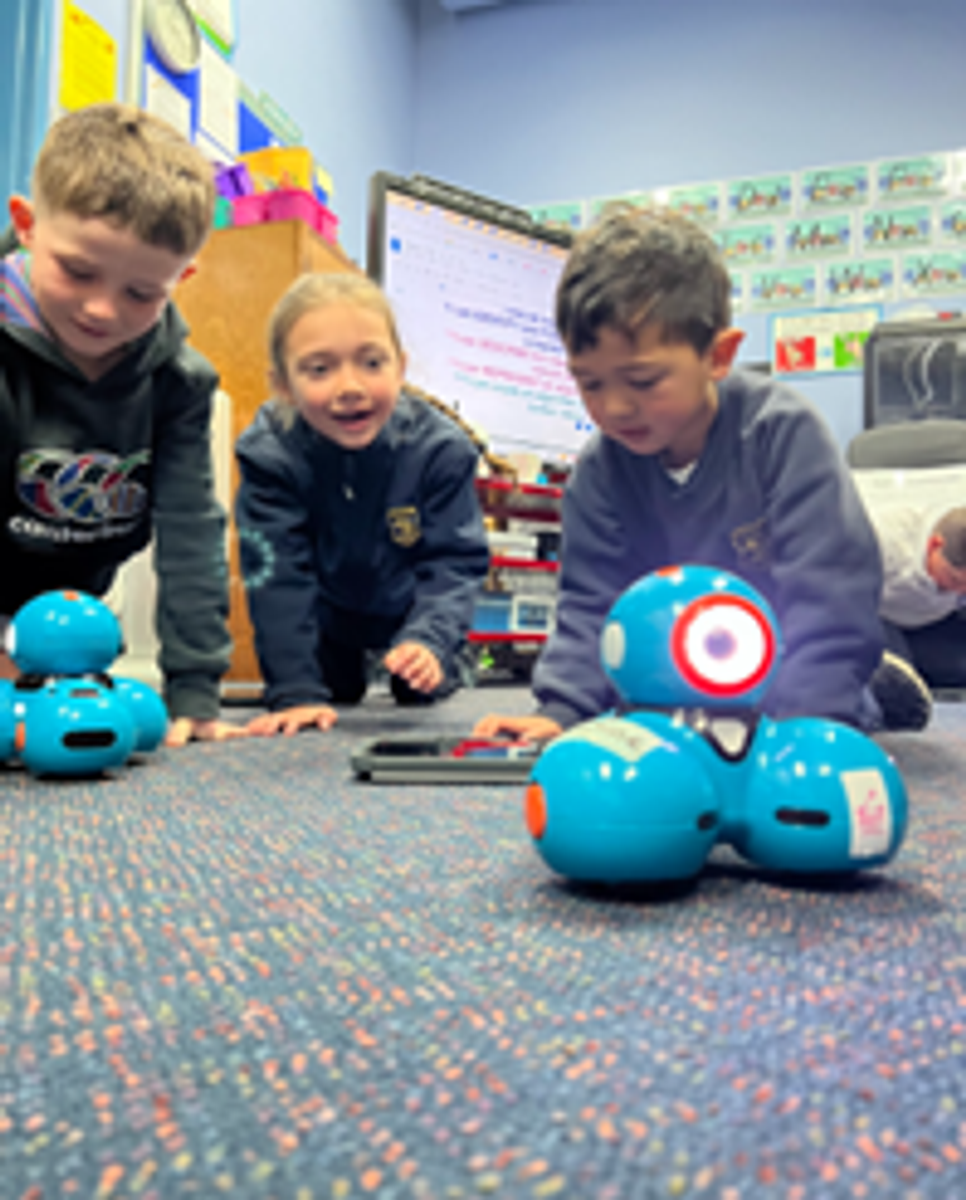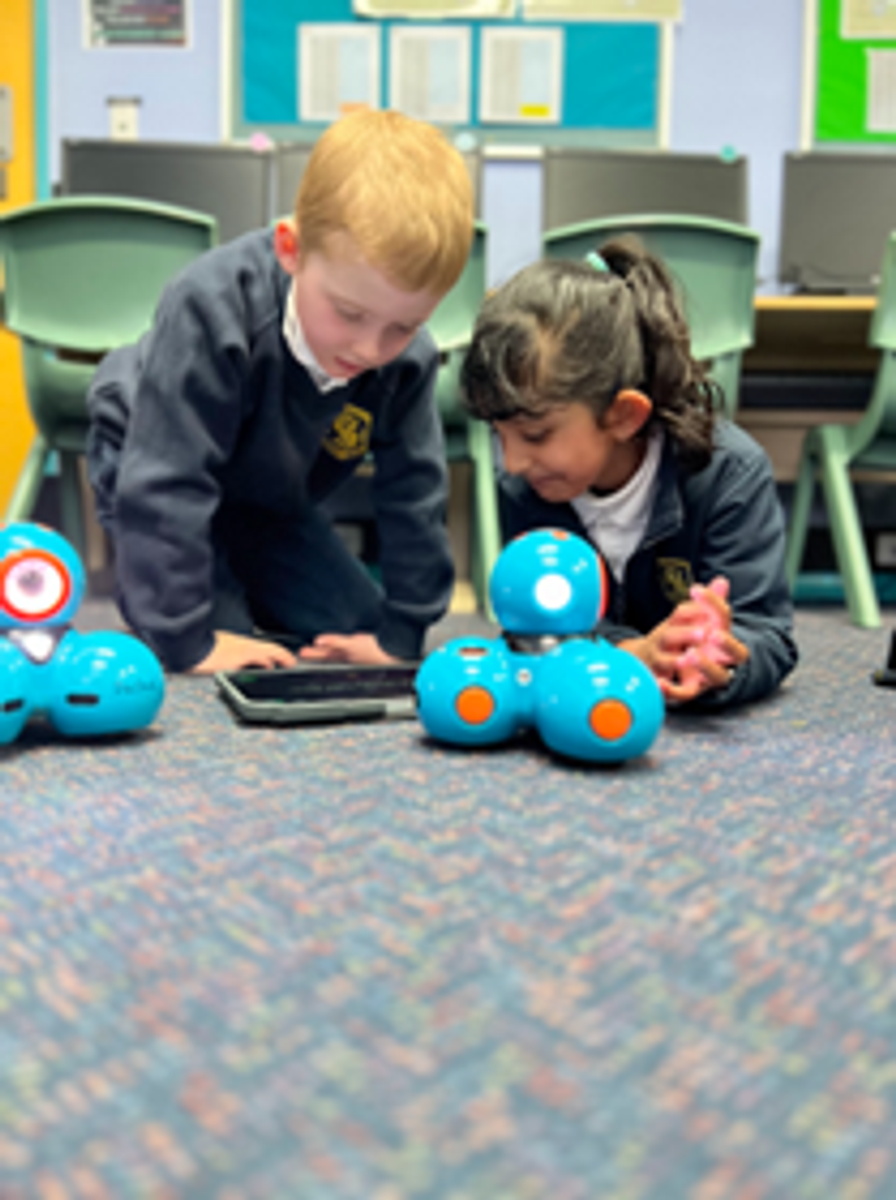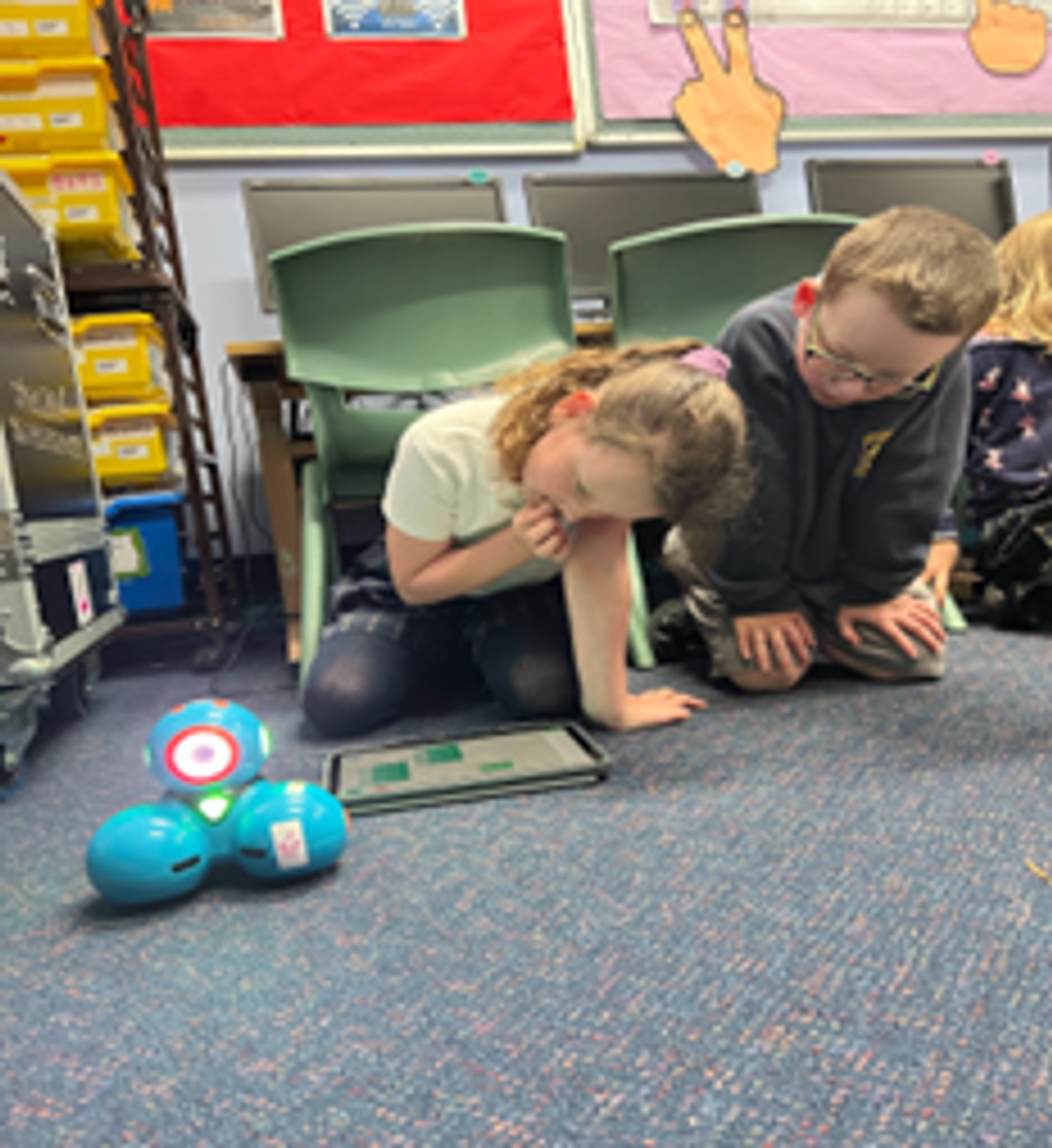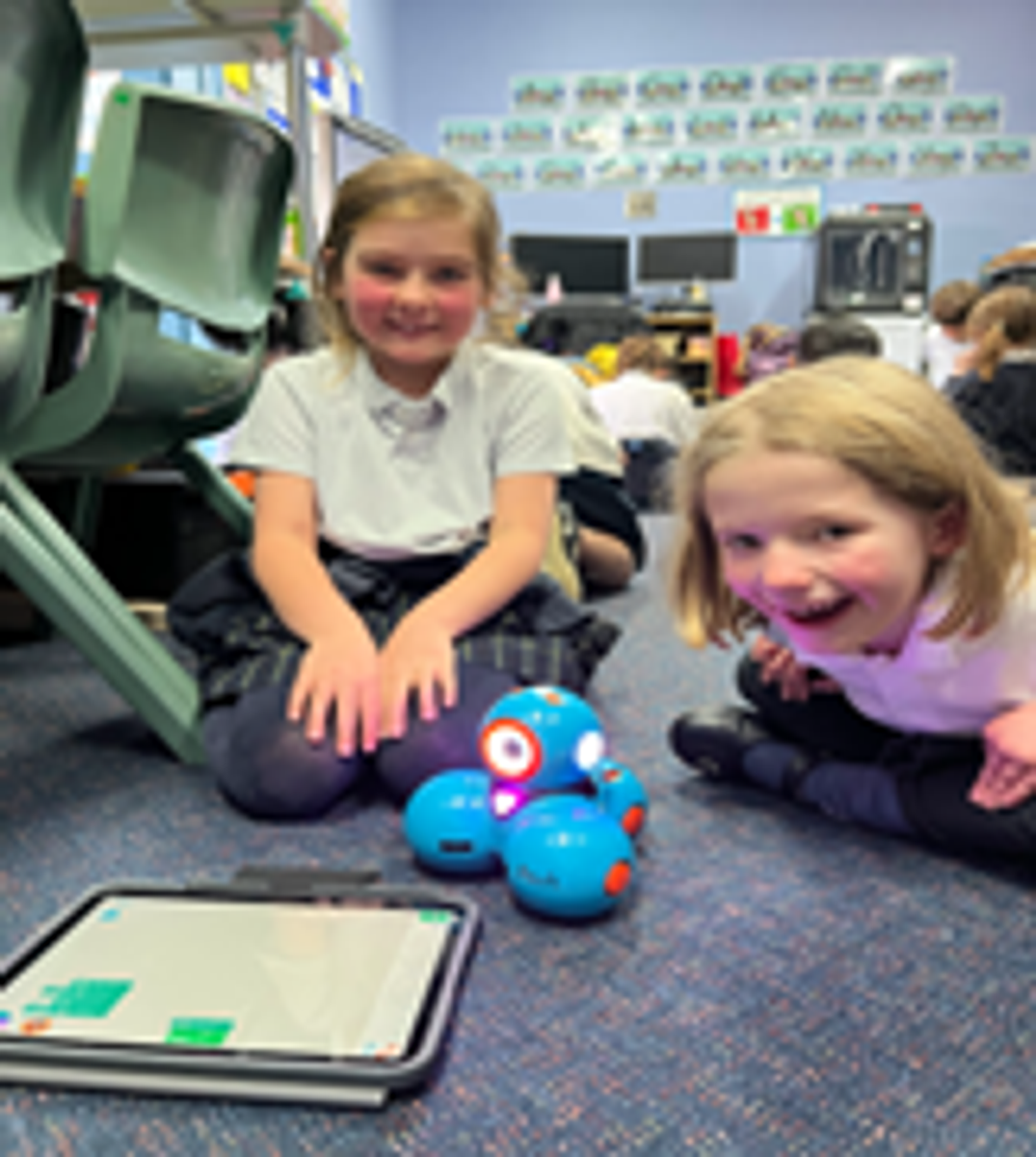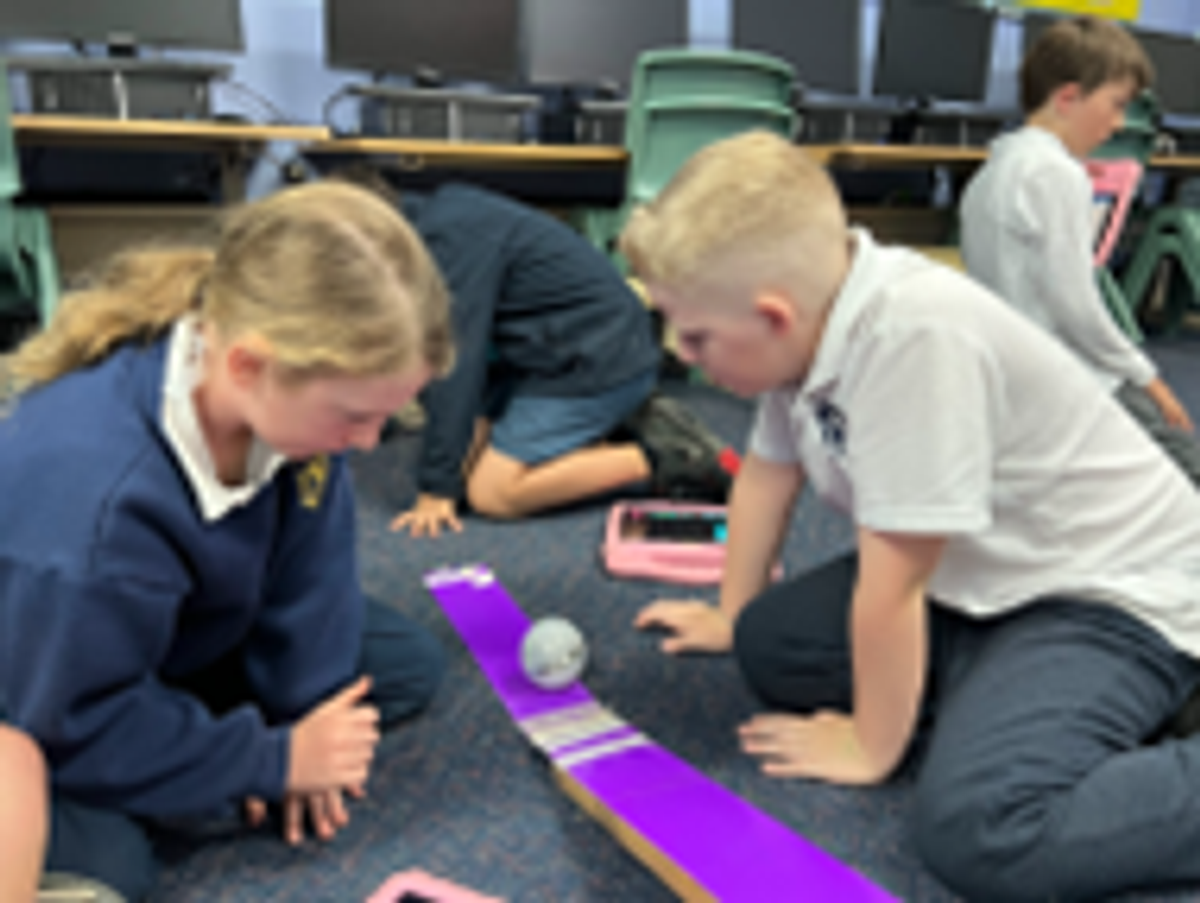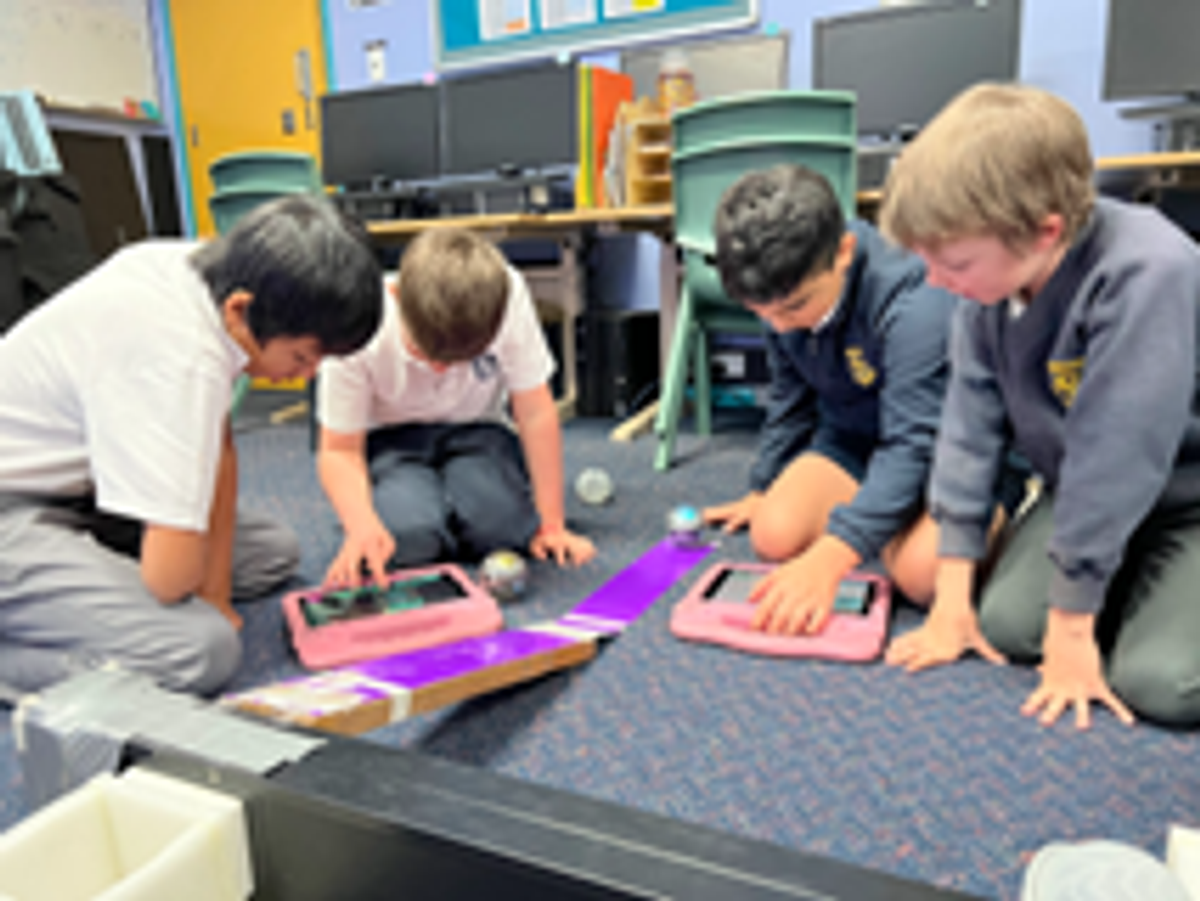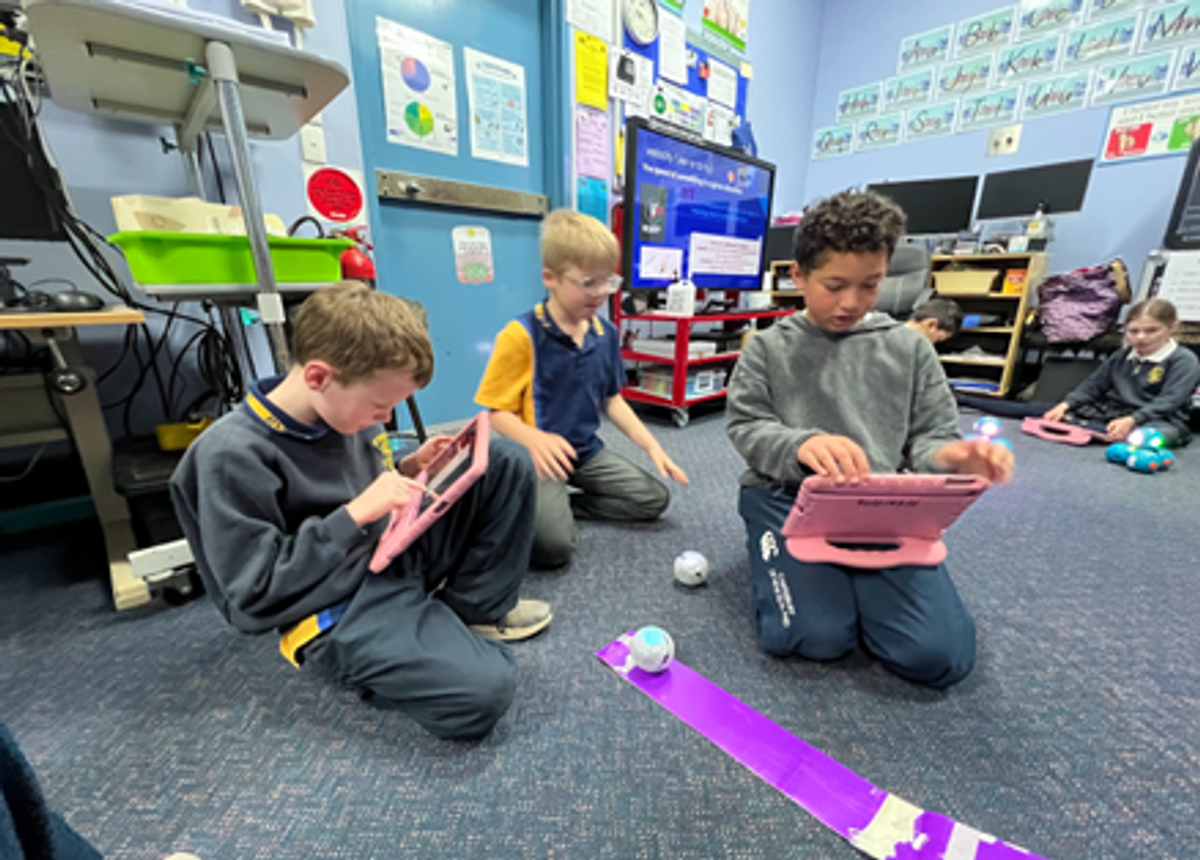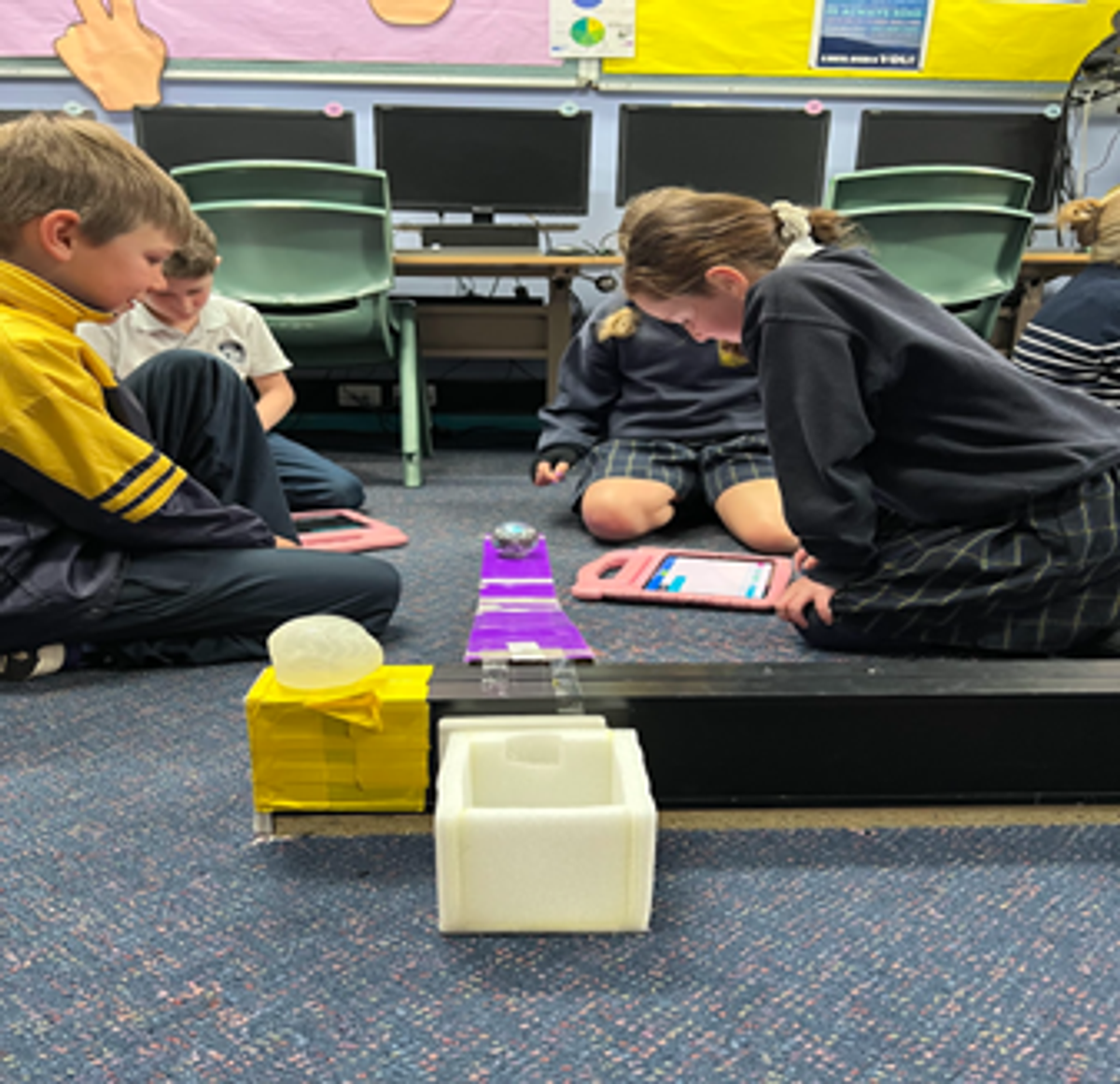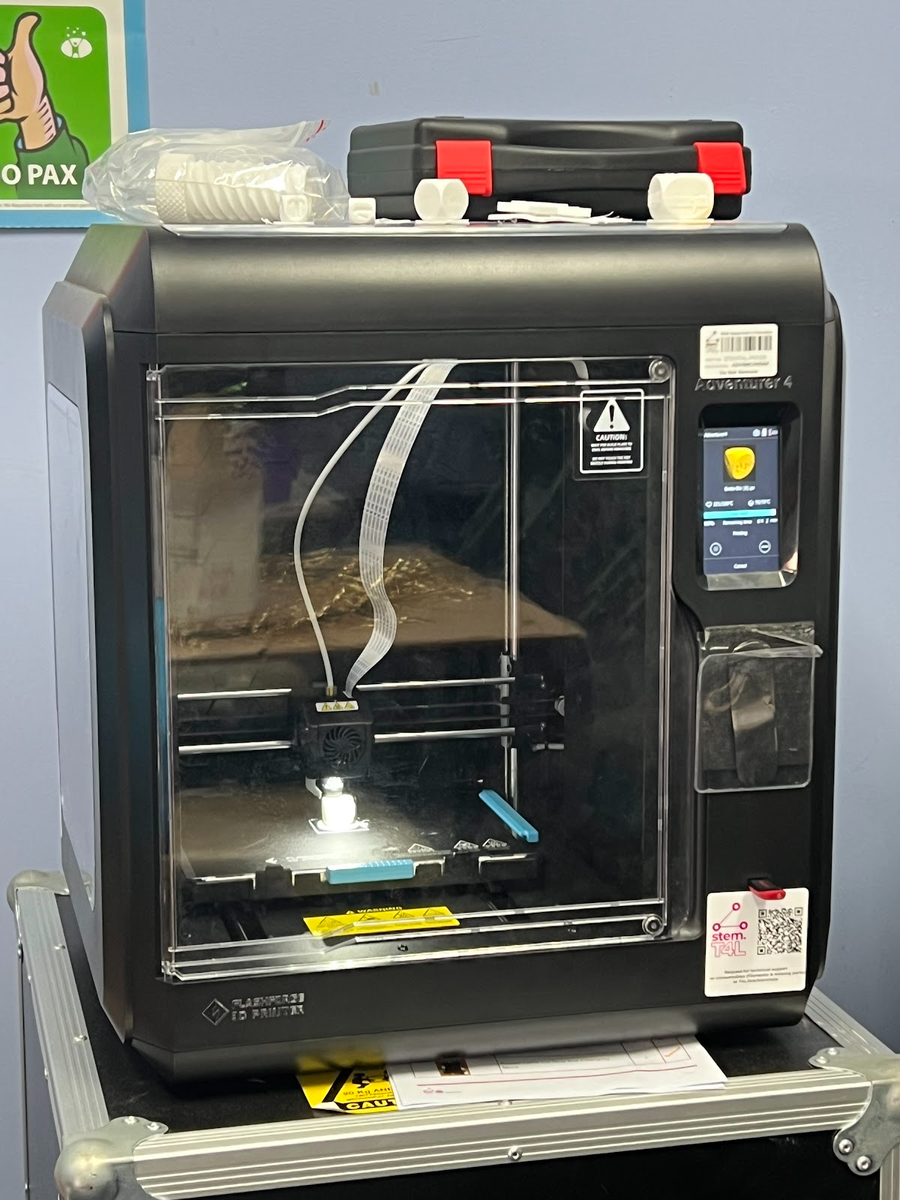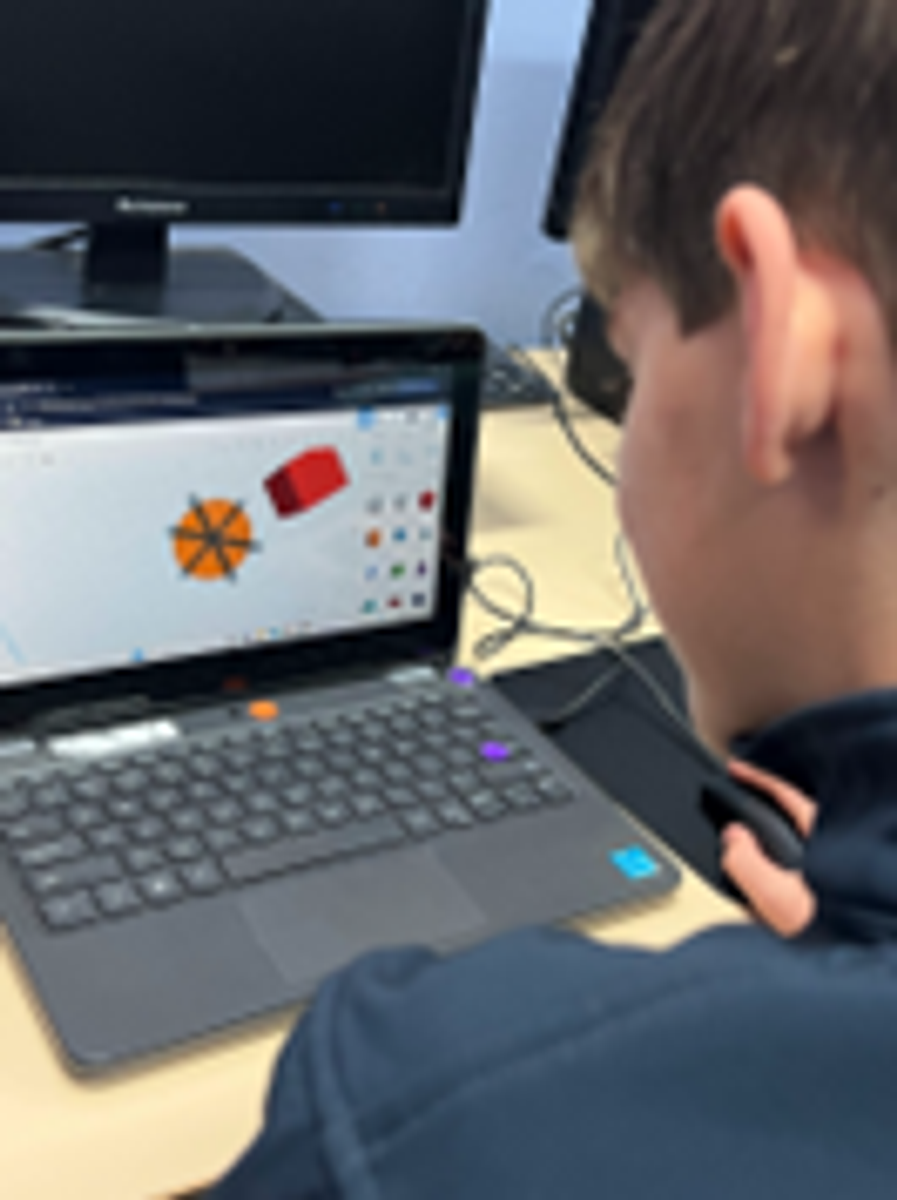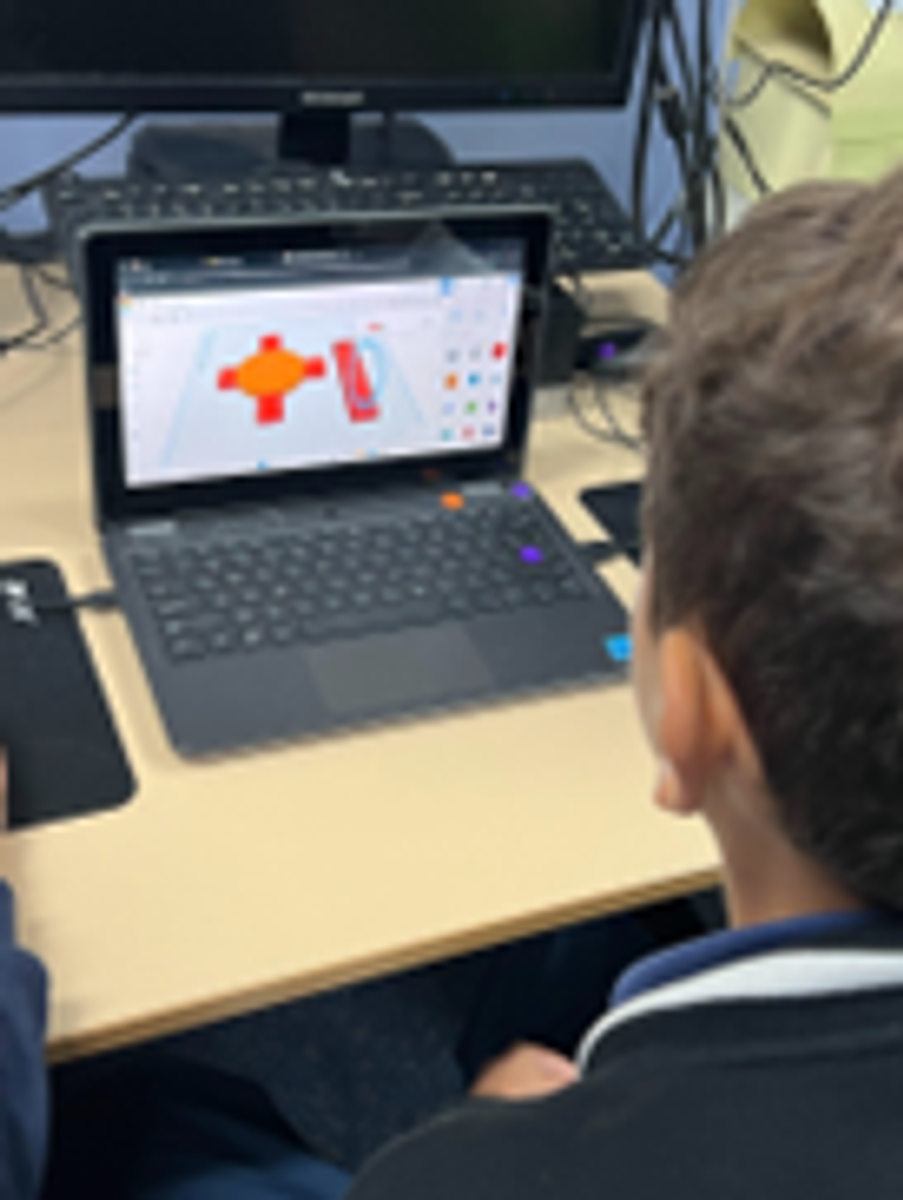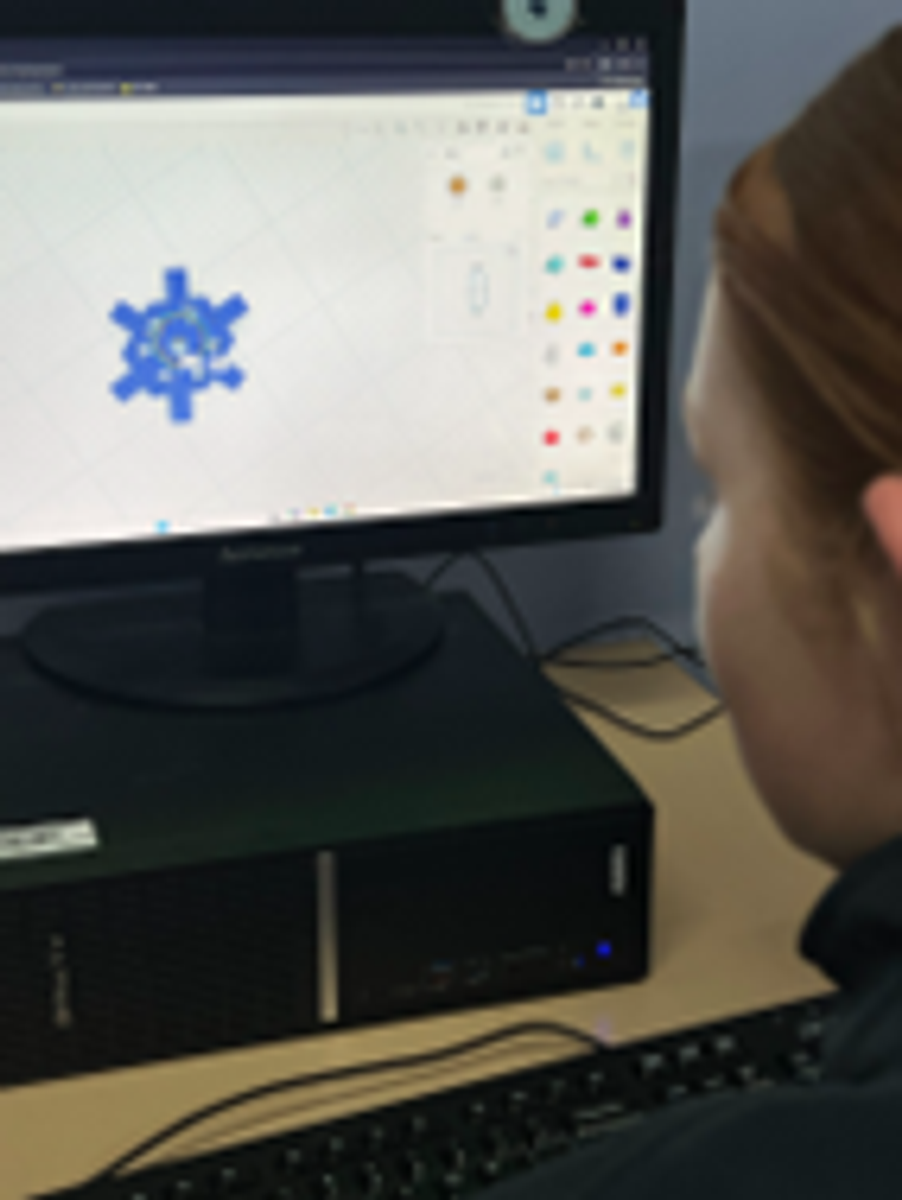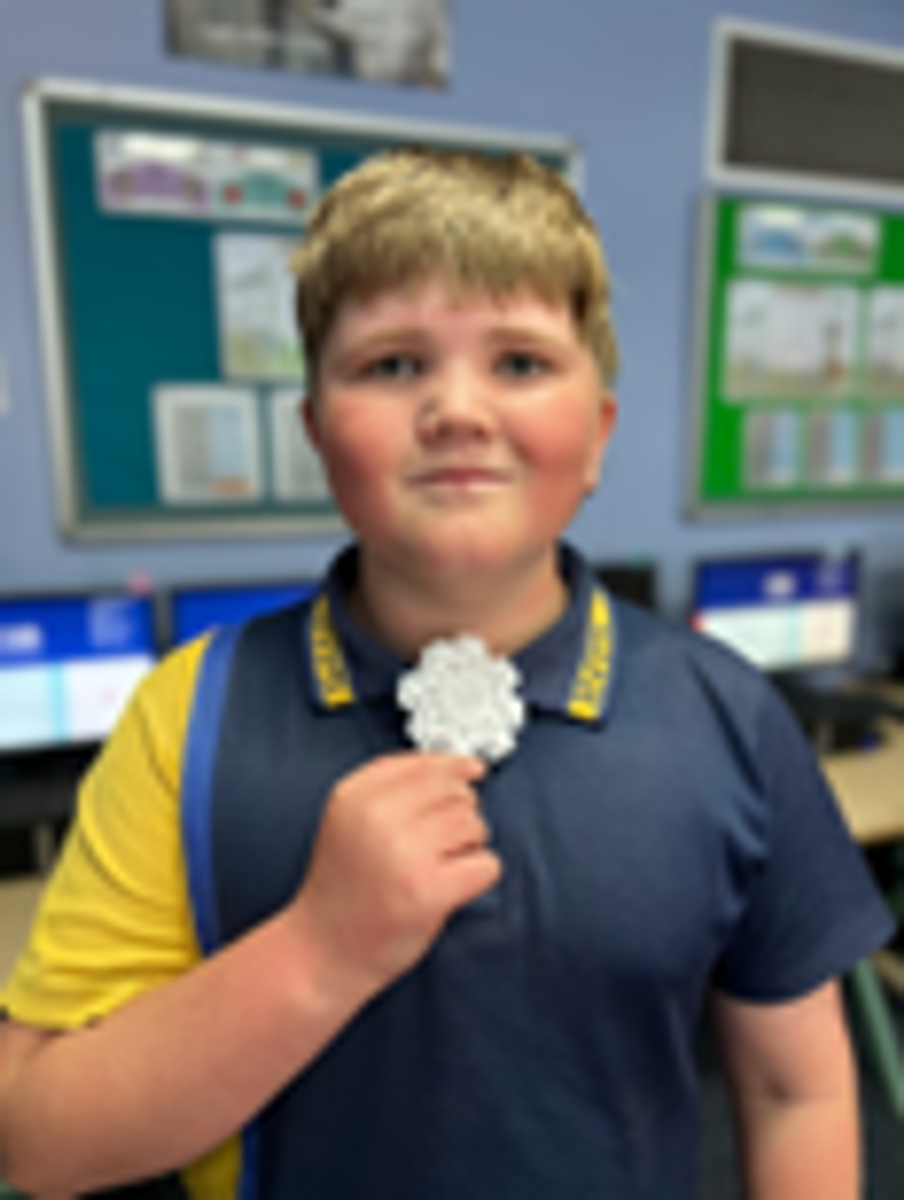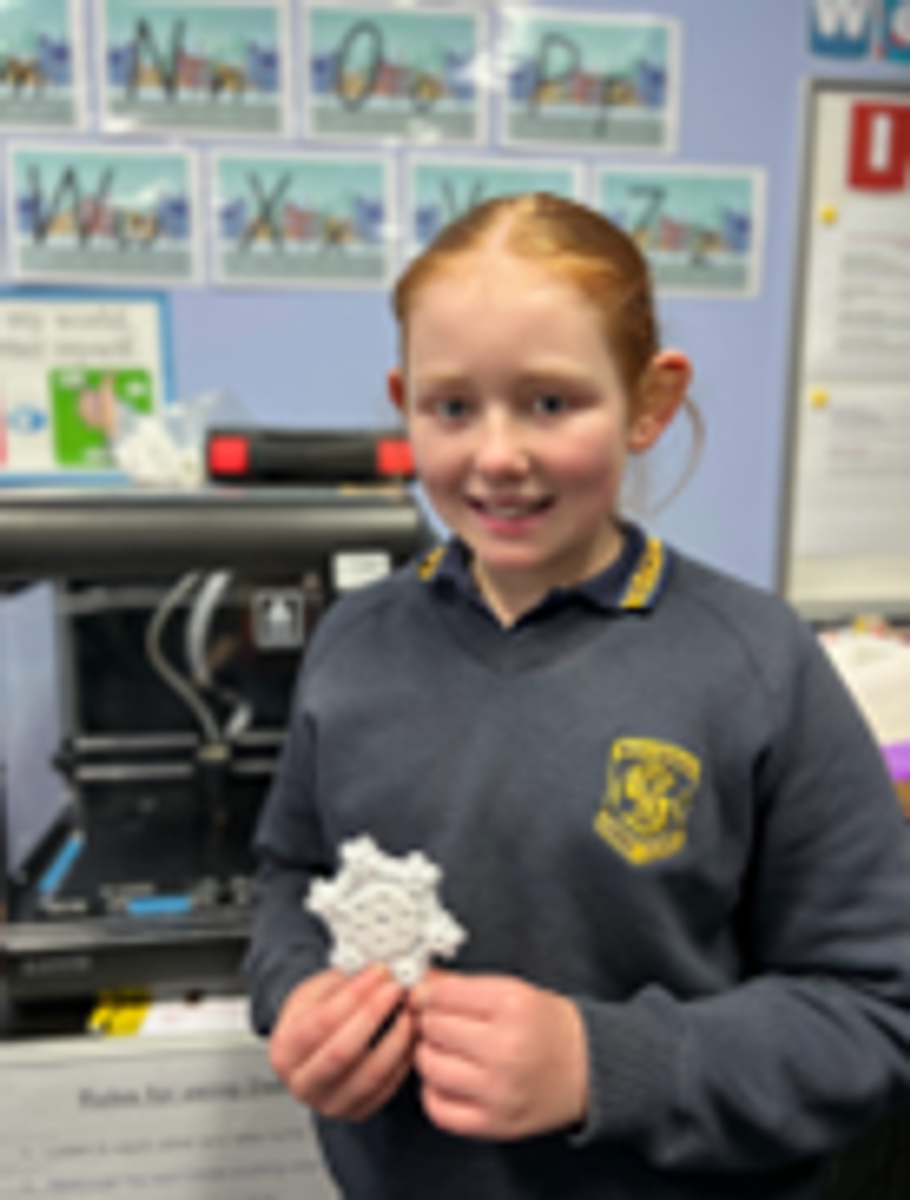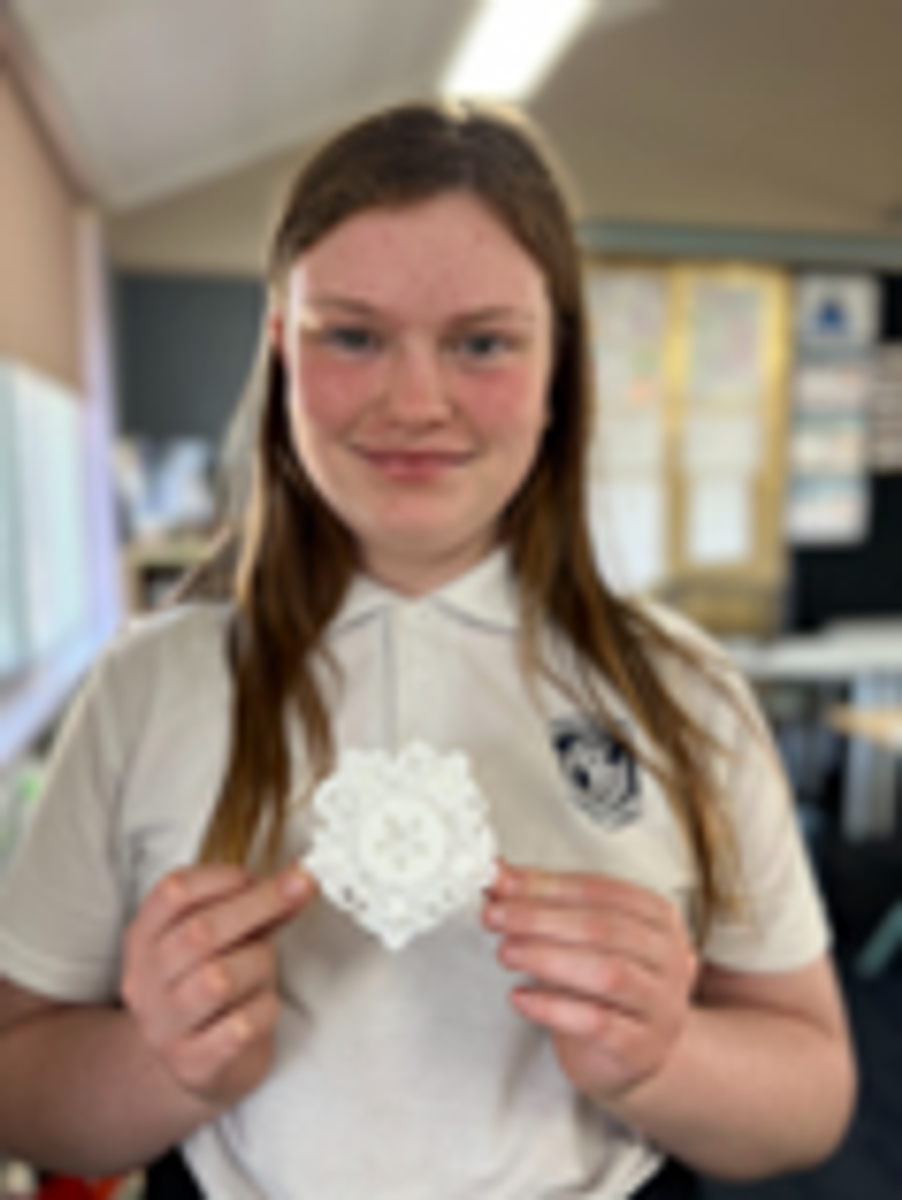ICT

This term Ben Venue is learning how to code.
The Early Stage 1 and Stage 1 focus is:
How can we record instructions for others to follow and understand?
Learning Intentions: We are learning how to program (code)
Success Criteria:
- I KNOW my left and right
- I can IDENTIFY and FOLLOW a series of steps to complete a task
- I can DESCRIBE the steps of an algorithm for a simple task
- I can REPRESENT an algorithm using images
Early Stage 1
Stage 1
The Stage 2 focus is:
How are algorithms used to develop digital systems?
Learning Intentions
We are learning about visual programming
Success Criteria
I can: IDENTIFY & DEFINE
- define an algorithm as a series of steps
- look at a program and identify some blocks and what they might do
I can: COMBINE & PERFORM SERIAL SKILLS
- describe an algorithm and what each part means
- read a program of visual blocks and describe what it might do
I can: APPLY & INTEGRATE
- explain how to create an algorithm for a simple task
- explain what a computer program of visual blocks does
I can: CREATE & EVALUATE
- explain how to improve an algorithm
- discuss ways to improve a computer program
This week Stage 2 has been learning about “velocity” - speed with direction, to get the Sphero Bolt robotics up the ramps, over the mound and into the buckets.
The Stage 3 focus is:
How do the properties of 3D objects influence their design and function in the real world?
Learning Intentions
Understanding 3D objects:
Students will understand the characteristics and properties of various 3D objects, including vertices, edges, and faces.
Using ICT Tools:
Students will learn to use a 3D modelling software to create and manipulate 3D objects.
Design and Creativity:
Students will apply their understanding of 3D objects to design a unique object, demonstrating creativity and problem-solving skills.
Success Criteria
Identification of Objects:
I can: accurately identify and describe different 3D objects and their properties (vertices, edges, and faces).
I can: compare and contrast various 3D objects using examples.
Effective Use of ICT:
I can: navigate the 3D modelling software to create basic and complex objects.
I can: use different tools within the software to design my unique 3D object, demonstrating understanding of its features.
Stage 3’s latest 3D project has been to create a unique snowflake design, that could double as a coaster for a drink or a Christmas decoration for a tree.
Stage 3

